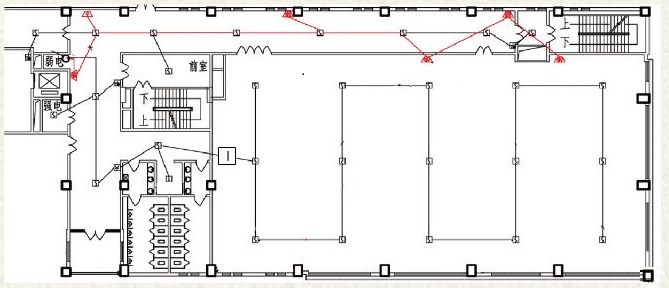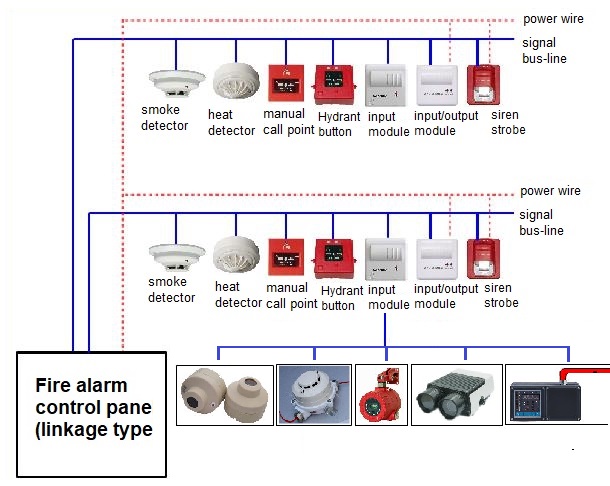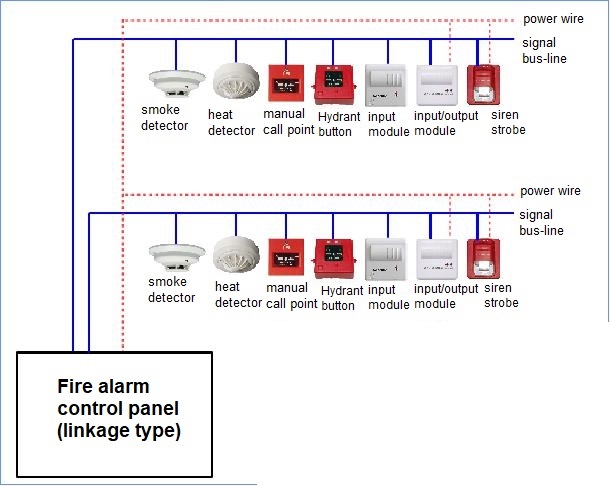In the bus type automatic fire alarm system, all fire trigger devices and various modules have unique address codes. The coded fire detector can be directly connected to the bus loop.The non-coding type fire detector needs to connect the input module (or transfer module) to load the address code and then connect to the bus loop. The input module for non-coded fire detectors will usually have a separate model to distinguish it from the signal input module of other devices for the convenience of system identification.
In the bus loop fire alarm system, the coded fire detector is usually used. But non-coding fire detectors are also needed because of the following two main conditions.
1.The detection area is the smallest unit of the automatic fire alarm system.In many cases, fire detectors in the same detection area can share the same address code.In some special places, there will be more flexibility if non-coding fire detectors are used. Therefore, manufacturers of fire alarm equipment usually produce non-coding fire detectors, also known as switch relay output detectors.

2.Only non-coding fire detectors can be used for special types of fire detectors produced by third-party manufacturers.
There are linear beam smoke detector, explosion-proof smoke detector, thermal fire detector, infrared, ULTRAVIOLET flame detector, linear thermal fire detector (thermal cable, thermal fiber, thermal grating, etc.), inspiratory smoke fire detector, image fire detector. These detectors are usually manufactured by a third party manufacturer, and the detectors output fault and alarm switch contact signals. By connecting the input module, address codes are given to these detectors and then connected to the bus fire alarm system loop.

Bus code fire control detector and module
